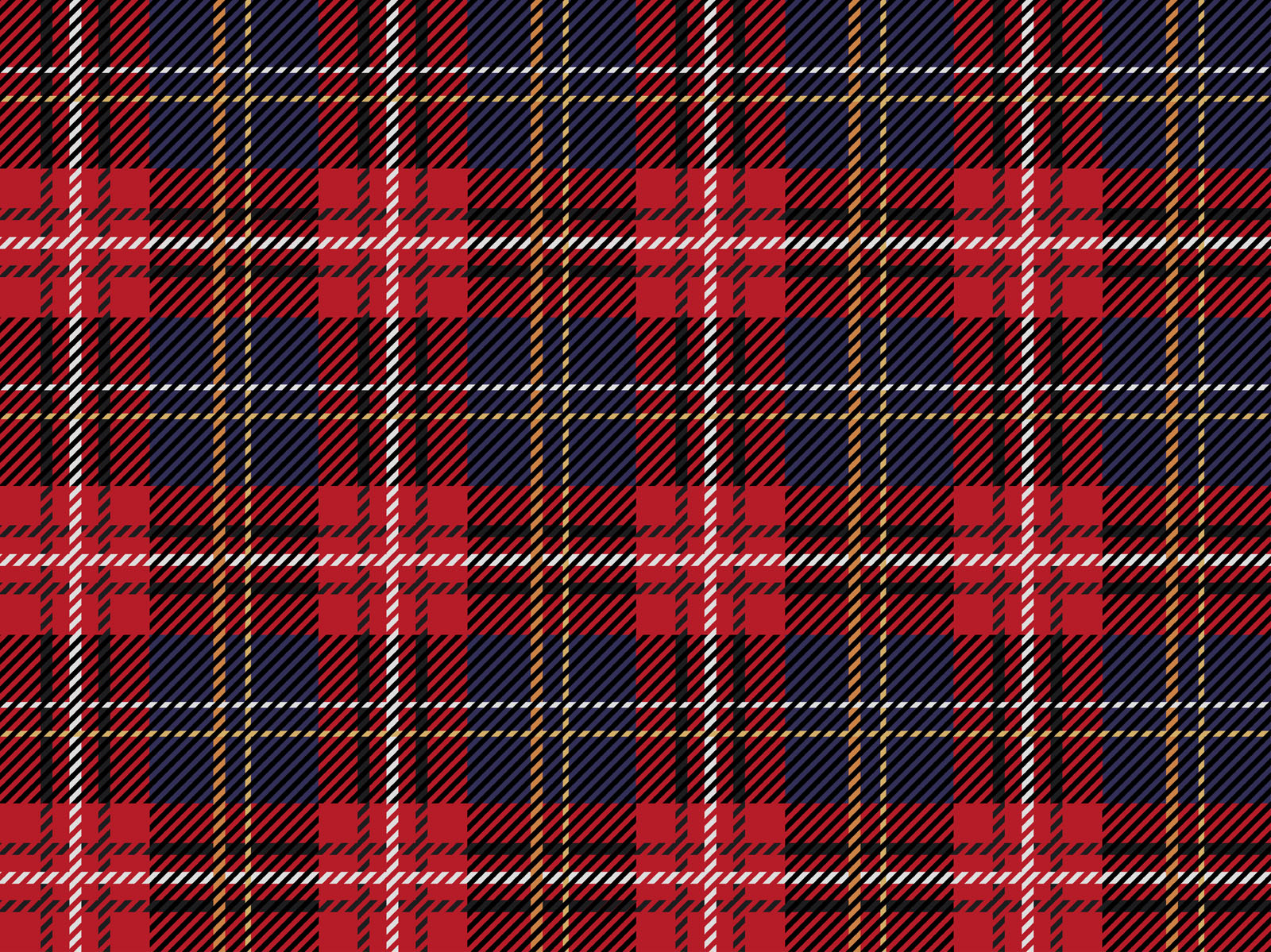Historical Origins of Tartan Patterns
Tartan patterns hold a deep significance in Scottish culture, serving as symbols of clan identity and heritage. These distinctive checkered designs have evolved over centuries, reflecting the rich history and traditions of Scotland.
Tartan patterns, with their iconic criss-cross design, have been a staple of Scottish culture for centuries. However, there are variations on the classic tartan, such as the overturned chevron , which adds a unique twist to the traditional pattern. Despite these variations, the essence of tartan remains, showcasing the rich history and cultural heritage of Scotland.
The origins of tartan can be traced back to the 16th century, when Scottish Highlanders began using colored threads to weave blankets and clothing. Each clan developed its unique tartan pattern, which distinguished its members from other groups. The colors and patterns of these tartans were often chosen to reflect the clan’s history, geography, and values.
The iconic tartan pattern, with its bold, crisscrossing lines, has captured hearts for centuries. Its enduring appeal has inspired countless variations, including the dynamic chevron pattern. Just as chevron’s zigzag lines contrast with tartan’s vertical and horizontal stripes, so too does the chevron vs nrdc debate spark contrasting opinions.
Yet, amidst these variations, the essence of the tartan pattern remains timeless, a testament to its enduring charm and versatility.
Examples of Scottish Clan Tartans
- Clan Campbell: Red, green, and black, representing the clan’s association with the forests and mountains of Argyll.
- Clan MacGregor: Red, black, and yellow, symbolizing the clan’s fierce spirit and military prowess.
- Clan Stewart: Blue, green, and red, representing the clan’s loyalty to the Scottish crown and its connection to the Isle of Bute.
Over time, tartan patterns became increasingly elaborate and varied. In the 19th century, Queen Victoria’s love of tartan popularized its use in fashion and decoration. Today, tartan remains an iconic symbol of Scottish culture and is worn by people around the world.
Design Elements of Tartan Patterns

Tartan patterns are characterized by their distinctive use of colors, lines, and geometric shapes. The arrangement and repetition of these elements create unique designs that can be identified with specific clans, regions, or organizations.
Colors
- Tartan patterns typically use a combination of two or more colors, often contrasting hues.
- The most common colors used in tartans are red, green, blue, yellow, and black.
- The colors used in a tartan pattern can have symbolic meanings, such as red for courage, green for hope, and blue for loyalty.
Lines, Tartan pattern
- Tartan patterns are created by intersecting horizontal and vertical lines.
- The lines can be of different widths and colors.
- The arrangement of the lines creates the characteristic plaid pattern of tartans.
Geometric Shapes
- In addition to lines, tartan patterns can also incorporate geometric shapes, such as squares, triangles, and diamonds.
- These shapes can be used to create borders, accents, or other design elements.
- The use of geometric shapes adds complexity and visual interest to tartan patterns.
Classic and Contemporary Tartan Patterns
- There are many classic tartan patterns that have been passed down through generations.
- These patterns are often associated with specific clans or regions.
- In recent years, contemporary tartan patterns have emerged that incorporate modern colors and designs.
- These patterns are often used in fashion, home décor, and other applications.
Applications of Tartan Patterns

Tartan patterns, with their vibrant colors and intricate designs, have found widespread applications across various industries, including fashion, home decor, and accessories. The popularity of tartan stems from its versatility, cultural significance, and timeless aesthetic appeal.
Fashion
In the realm of fashion, tartan patterns have been a staple for centuries, particularly in traditional Scottish attire. Today, tartan is incorporated into a diverse range of garments, from classic kilts and skirts to modern dresses, shirts, and accessories. Its versatility allows it to be dressed up or down, making it suitable for both formal and casual occasions.
Home Decor
Tartan patterns have also made their mark in home decor, adding a touch of warmth and sophistication to various elements. From cozy throws and cushions to curtains and upholstery, tartan fabrics bring a sense of comfort and style to living spaces. Its timeless designs complement both traditional and contemporary decor, creating a welcoming and inviting atmosphere.
Accessories
The appeal of tartan extends beyond clothing and home decor, as it is also a popular choice for accessories. Scarves, hats, bags, and jewelry adorned with tartan patterns add a touch of Scottish heritage and style to any outfit. These accessories are not only fashionable but also functional, providing warmth and protection during colder months.
The vibrant and enduring tartan pattern, with its intricate crisscrossing lines, has been a symbol of Scottish heritage for centuries. Beyond its aesthetic appeal, the tartan pattern has also found its way into the realm of social justice. In the United States, the civil rights act of 1964 outlawed discrimination based on race, color, religion, sex, or national origin, paving the way for greater equality and inclusivity.
Just as the tartan pattern connects individuals to their cultural roots, the civil rights act has served as a beacon of hope, uniting people in the pursuit of a more just and equitable society.
The bold geometric patterns of the tartan evoke a sense of heritage and tradition. Like the chevron decision , where a seemingly simple design holds complex implications, the tartan pattern embodies a rich tapestry of history and culture, each line and color representing a thread in the intricate fabric of time.
Tartan, a distinctive pattern composed of intersecting colored stripes, has captivated fashion enthusiasts for centuries. Originating in the highlands of Scotland, this iconic textile embodies cultural heritage and tradition. Its intricate weaves and vibrant hues have made tartan pattern a timeless symbol of Scottish identity, inspiring countless designs and applications in fashion, home decor, and beyond.